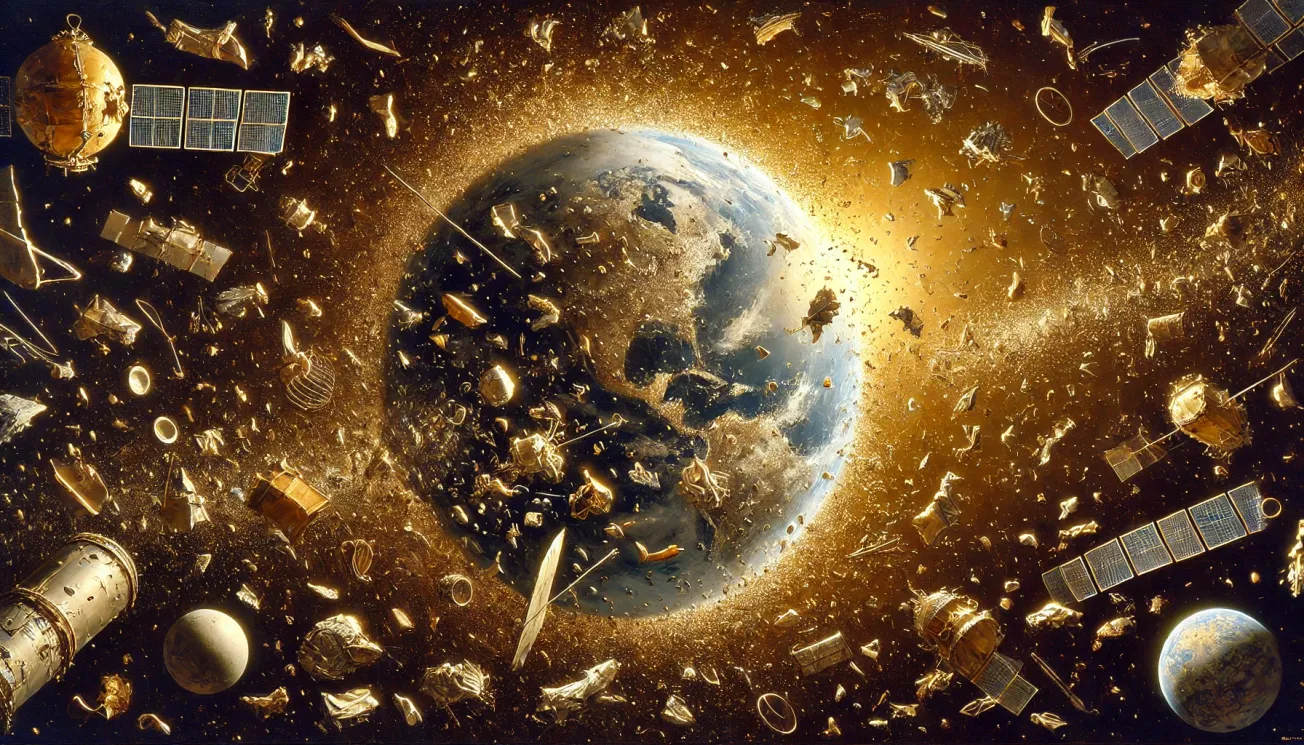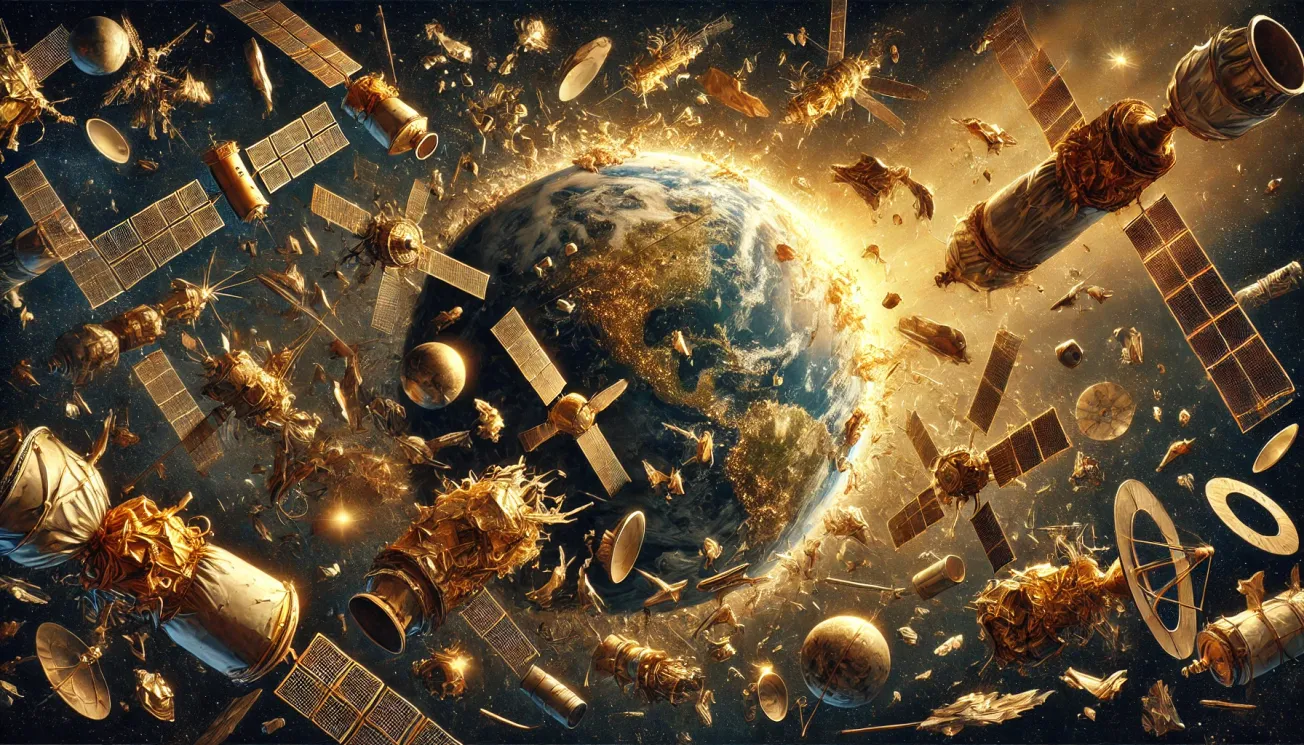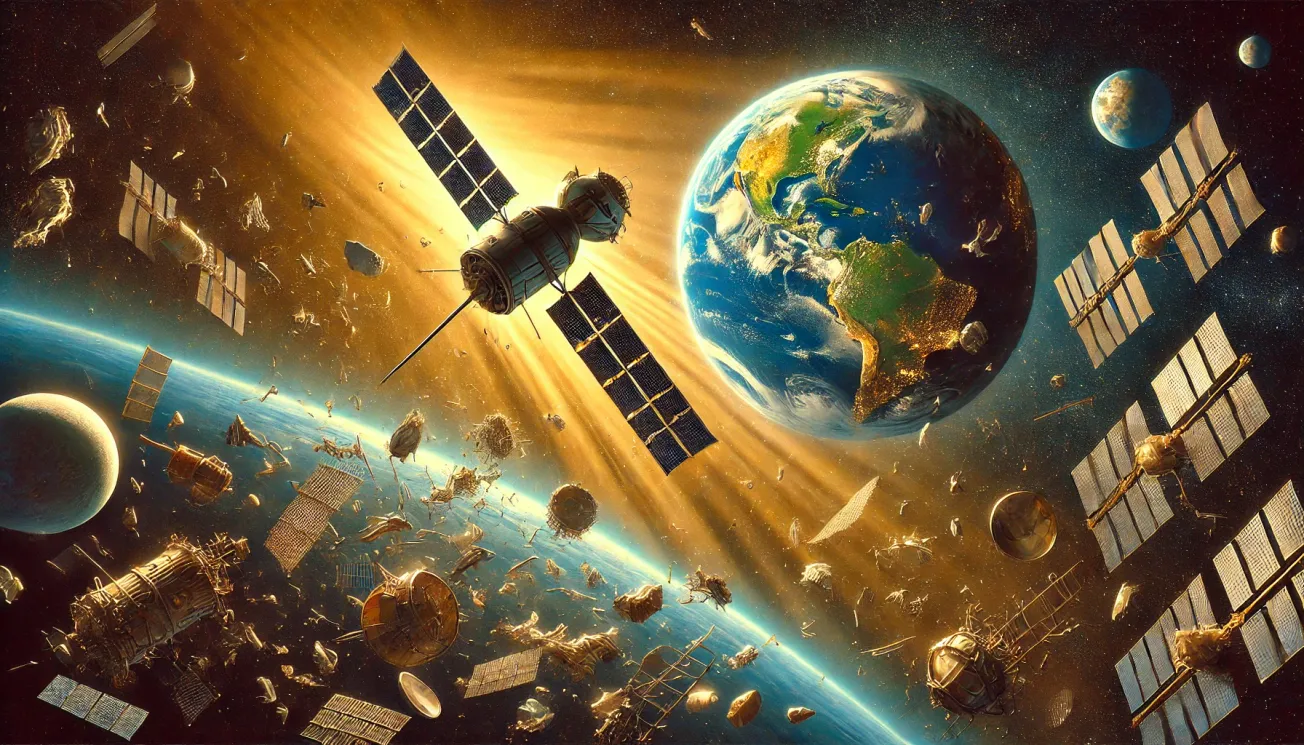Imagine looking up at the clear night sky and realizing it's no longer pristine. Instead, it's cluttered—filled with debris silently spinning through Earth's orbit at unimaginable speeds. This isn't a futuristic nightmare; it's today's reality. Welcome to the urgent, largely invisible crisis of space trash.
The Growing Threat Above Us
Right now, more than half a million pieces of space debris orbit Earth, ranging from abandoned satellites and spent rocket parts to microscopic metal fragments. Traveling at speeds up to 17,500 mph, even a tiny chip of paint can cause catastrophic damage. Consider the startling collision in 2009 between the operational satellite Iridium 33 and a defunct Russian Cosmos 2251 satellite—traveling faster than a speeding bullet. The resulting explosion scattered debris widely, multiplying orbital hazards exponentially.
Why You Should Care—Immediately
Space debris isn't just a distant problem—it directly affects your daily life. GPS navigation, weather forecasts, global internet, even financial transactions all depend on satellites, which must constantly dodge this lethal space junk. A single collision could disrupt global communications, halt essential services, and even strand astronauts aboard space stations.
NASA astronaut Mark Kelly once described his experience aboard the International Space Station, recalling frequent alarms and evasive maneuvers needed to avoid deadly debris:
“You never forget that up there, you're living surrounded by a shooting gallery of junk—hoping it never hits.”
Humans as Custodians, Not Just Explorers
Space has changed dramatically, especially with companies like SpaceX, Amazon, and others accelerating private satellite launches. The orbital environment—once seemingly limitless—is now crowded and dangerous. Humanity must now accept our role as responsible custodians, protecting this fragile ecosystem.
Fortunately, solutions are emerging. The European Space Agency’s ClearSpace-1 mission, scheduled for 2026, is pioneering the first-ever orbital debris-removal project, aiming to remove significant junk from Earth's orbit. But singular missions aren't enough. We need coordinated international efforts, enforced regulations, and clear accountability to ensure space sustainability.
A Vision of Hope: Cleaning Our Celestial Backyard
Imagine a future where the night sky remains accessible and safe—where satellites smoothly manage global communications, and astronauts confidently explore deeper into space without fear of collision. Achieving this vision requires immediate action, international cooperation, and public awareness.
Space sustainability isn’t merely desirable; it's essential for humanity’s ongoing exploration and technological advancement. By cleaning up space now, we safeguard the immense possibilities it holds for generations yet to come.
Taking Action Today for Tomorrow’s Frontier
The stakes couldn't be higher. Ignoring the problem of space debris is no longer an option. Our orbital environment demands immediate action. Humanity must evolve from reckless explorers into wise stewards of the cosmos.
It's time we cleaned up space—not just because we can, but because our very future depends on it.









